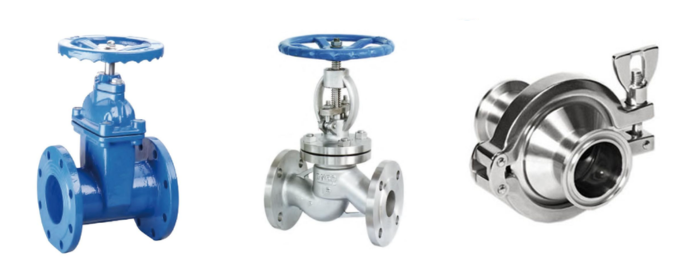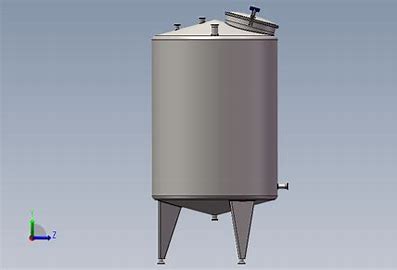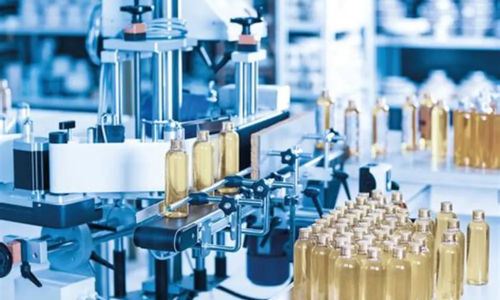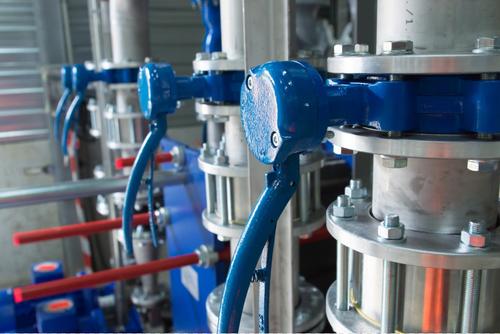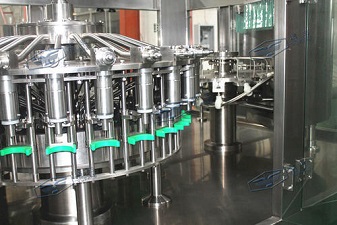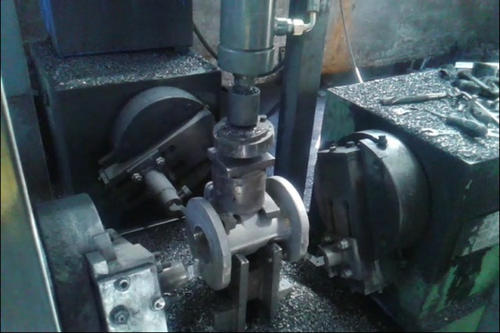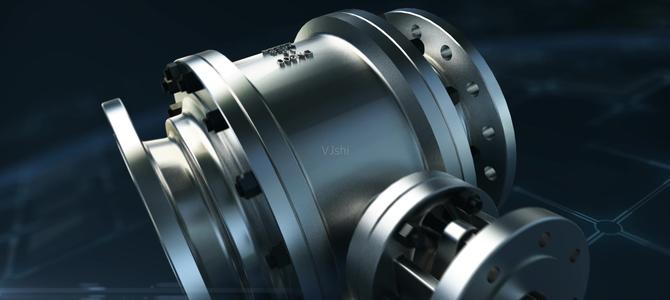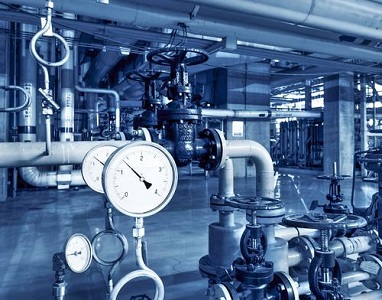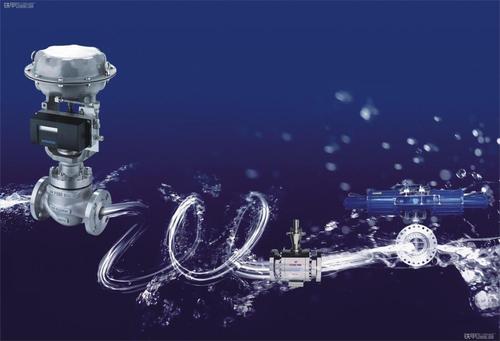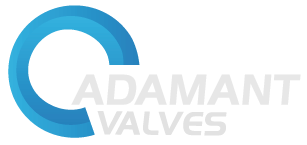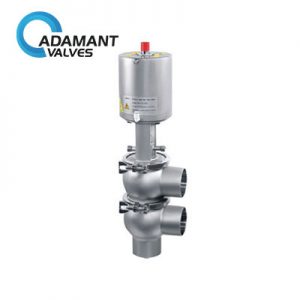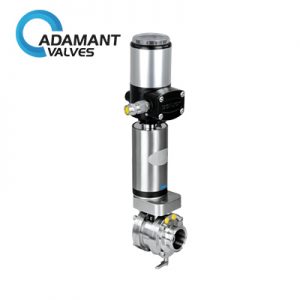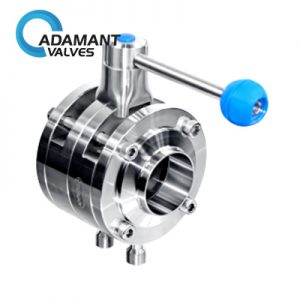Category: Sanitary Valve Applications
Gate Valve vs. Globe Valve vs. Check Valve – Principles, Applications, and Differences
Gate valves, globe valves, and check valves are three of the most fundamental and common types of valves. While their external appearances can sometimes be similar, their internal structures, working principles, and core missions are distinctly different. What is a Gate Valve? A gate valve is intended for the ON/OFF operation of fluid flow, involving […]
Read moreWhich Sanitary Valves Need to Be Installed on a CIP Cleaning Solution Storage Tank?
Sanitary CIP cleaning systems are important in food and pharmaceutical manufacturing. The cleaning solution tank is at the center of the system. The tank valves play a key role in determining how efficient the cleaning process is and how secure the system is. Choosing and installing suitable valves avoids contamination and buildup. It further improves […]
Read moreWhat are the Requirements for Bio-Pharmaceutical Sanitary Valves?
Aseptic fluid control systems in the biopharmaceutical industry depend significantly on valves. Efficiency, quality, and production safety all depend directly on their reliability and performance. Sanitary biopharmaceutical use valves are specifically designed for this particular industry’s unique requirements. They must meet several requirements in materials and design the guarantee drug safety. 4 Core Requirements for […]
Read moreHow Sanitary Pumps Work in Beverage Industry
Sanitary pumps are mostly used to convey or pressurize fluids in a system. Using the pumps, you can reduce the pressure or put on or off the flow of the liquids. Due to the function of the pumps, the manufacturer should ensure that they are made with consideration and of the highest standards that rhyme […]
Read moreThe Use of Regulating Valve in Heating Pipe Network
In the circulating water pipe network system of centralized water supply or central air conditioning, the problem of hydraulic imbalance is common. Due to the different resistance between loops and the relations between the coupling, the transmission and distribution of the flow are hard to balance and regulate, leading to such problems as poor quality […]
Read moreHow to Select Valves in the Water Supply Network?
The water supply network is composed of various pipe accessories and fittings such as pipes and valves, and the opening and closing of the valve shall be carried out daily according to various requirements. The service life and quality of the valve determine the normal operation of the pipe network. Safety of water supply Not […]
Read moreNew Sanitary Valve with EPDM and PTFE Diaphragm for Fine Chemicals
Adamant Valves the trusted global sanitary valves manufacturer has announced today the launch of their new sanitary valves with new EPDM and PTFE Diaphragm for fine chemicals. Chemical engineers can now purchase reliable and affordable sanitary valves with the new diaphragm that will protect the pipeline from leakage. This new diaphragm has higher corrosion resistance thus increasing […]
Read moreThe Introduction of Ball Valve Applications
What are the applications of ball valves? Since the ball valve usually uses rubber, nylon, and PTFE as sealing ring materials of the valve seat, its operating temperature is limited by the sealing ring materials of the valve seat. The shut-off effect of the sanitary ball valve is achieved by a metal sphere pressing tight against the […]
Read morePure Water of Medical Institution Polluted by Microorganism
Pure water, as one of the most used materials in medical institutions, is an indispensable system for medical institutions. The pure water pipeline is an important way to transport pure water in the pure water equipment of medical institutions. However, there is internal pollution in the operation of pure water equipment. Internal pollution is closely […]
Read moreHandy Tools for Beverage Industry
The old saying that too many cooks spoil the broth has outlived itself and it very much applies when it comes to the handling of equipment, especially in the front of food and beverages sectors. Every beverage company works as hard as it can to streamline the process of manufacturing the end product. There are […]
Read more
